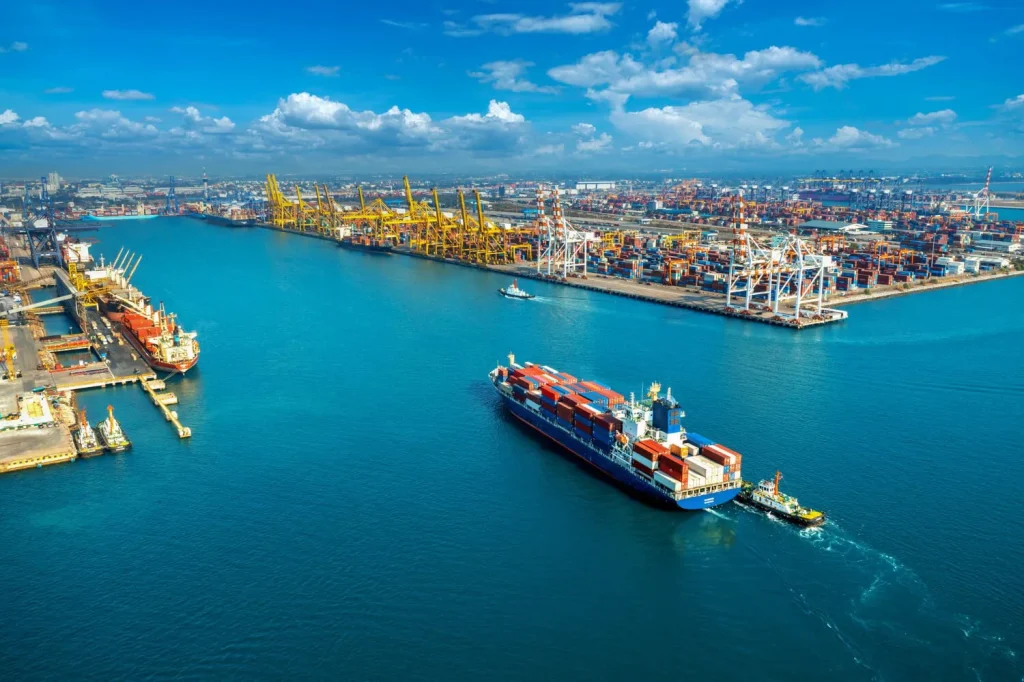Renewable Energy Sources: Green ammonia production relies on renewable energy sources such as wind, solar, or hydroelectric power to provide the energy needed for the ammonia synthesis process. This contrasts with traditional methods that often use fossil fuels as the primary energy source.
Electrolysis: One common approach to green ammonia production involves electrolysis of water to produce hydrogen, which is then used as a feedstock for the Haber-Bosch process to synthesize ammonia. This process, known as electrolytic ammonia, utilizes renewable electricity to split water into hydrogen and oxygen.
Renewable Hydrogen: Utilizing renewable hydrogen for ammonia synthesis ensures that the hydrogen feedstock is produced without carbon emissions, contributing to the overall environmental sustainability of the ammonia production process.


Hydrogen Content: Ammonia (NH3) contains approximately 17.6% hydrogen by weight, making it a dense carrier of hydrogen compared to other hydrogen storage options like compressed hydrogen gas or liquid hydrogen.
Existing Infrastructure: Ammonia is already produced and transported globally in large quantities for various industrial purposes, primarily in agriculture as a fertilizer. Leveraging existing infrastructure for ammonia production, storage, and transportation could facilitate the integration of hydrogen into existing energy systems.
Hydrogen Release: Hydrogen can be extracted from ammonia through various processes, including thermal decomposition, chemical decomposition using catalysts, or electrochemical methods. These processes can release hydrogen for use in fuel cells or other hydrogen-based energy applications.

Electrochemical Synthesis: Innovations in electrochemical processes enable the synthesis of ammonia from nitrogen and water or nitrogen and renewable hydrogen. Electrochemical synthesis offers potential advantages in terms of energy efficiency, scalability, and environmental sustainability compared to traditional Haber-Bosch methods.
Renewable Energy Integration: Advancements in renewable energy technologies, such as solar and wind power, are facilitating the integration of renewable energy sources into ammonia production processes. Renewable energy-powered electrolyzers can produce green hydrogen for ammonia synthesis, reducing carbon emissions and reliance on fossil fuels.
Catalyst Development: Research and development efforts focus on developing more efficient and selective catalysts for ammonia synthesis. Catalyst innovations aim to improve reaction kinetics, reduce energy consumption, and enhance the overall performance of ammonia production processes.
Global Supply Chain: The ammonia industry operates within a global supply chain, with production facilities, distribution networks, and markets spanning multiple countries and regions. International collaboration is essential for ensuring the efficient flow of ammonia and its derivatives across borders.
Trade Dynamics: Ammonia is traded as a commodity in international markets, with major exporting and importing countries participating in trade agreements and negotiations. Factors influencing trade dynamics include production capacity, demand trends, geopolitical considerations, and regulatory frameworks.
Market Growth: Demand for ammonia and its derivatives, such as fertilizers and industrial chemicals, is influenced by factors such as population growth, agricultural practices, industrial development, and environmental regulations. Market growth trends drive investment decisions and technological innovations within the industry.
